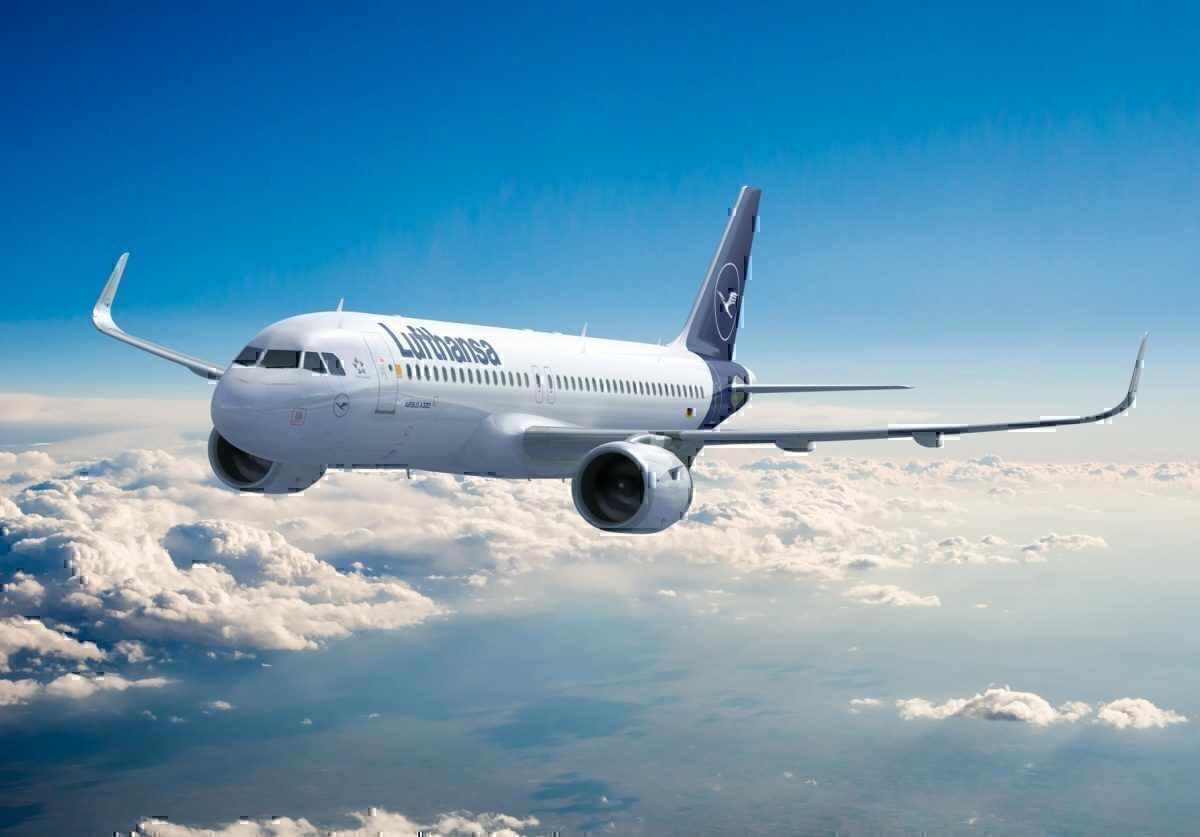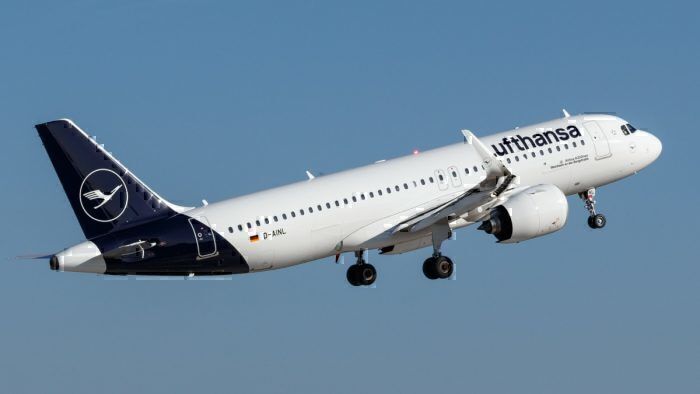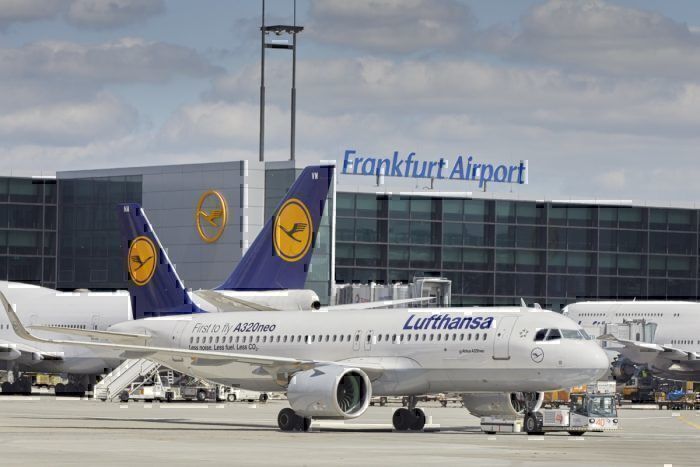German flag carrier Lufthansa has stopped selling the last row of seats in its Airbus A320neos due to concerns over the aircraft's center-of-gravity limitations.
This move comes after Lufthansa pilots were reportedly given an internal memo that suggested blocking off the last row of seats. This is seen as a makeshift measure following an airworthiness directive from EASA, according to Air Transport World.
EASA finds center of gravity issues on the A320neo
Following concerns regarding the center of gravity issues with the A321neo, the European Union Aviation Safety Agency (EASA) has uncovered a similar problem with the A320neo.
After a series of tests, the A320neo is susceptible to angle-of-attack protection weakness. Under certain conditions and maneuvers, the aircraft's aileron, elevator, and the elevator and aileron computer (ELAC) software compensator showed a defect.
For the problem to occur two things must first happen: The A320neo must be set up for landing with a center of gravity near its limit at the rear of the aircraft. It then takes a sudden maneuver like an aborted landing to cause the nose of the aircraft to rear up more than it normally would in a go-around situation.
Normally under these conditions, ELAC would automatically correct the angle of attack to compensate, but it does not. Meanwhile, the pilot of the A320neo can correct the angle of rotation and reduce the pitch angle without any problems.
At no time on the A320neo does the computer override the actions of the pilot flying the plane. This is in direct contrast to the Boeing 737 MAX and its MCAS anti-stall prevention system that inhibits a pilot’s intervention during an excessive pitch-up situation.
Airbus has updated the A320neo flight manual
This new finding comes on the back of a similar excessive pitch anomaly that occurs under the same circumstances with the A321neo.
The Airworthiness Directive (AD), issued by the EASA and published by HMGaerospace reads:
“Reduced efficiency of the A320neo AOA protection under certain flight conditions, and in combination with specific command maneuvers from the flight crew, could lead to excessive pitch attitudes, possibly increasing cockpit workload conditions.
“This potentially unsafe condition, although never encountered during operations, was discovered during analysis and laboratory testing of the A320neo flight control laws.”
Airbus has contacted airlines flying the A320neo and has updated the aircraft's flight manual with revisions to the center-of-gravity. The manufacturer has also provided new load recommendations.
According to Aviation Week, senior executives at Lufthansa say the center of gravity issue only relates to A320neos and A321neos that have been fitted out with Space Flex cabins.
What are Space Flex cabins?
Designed to accommodate passengers with reduced mobility aboard single-aisle Airbus aircraft the Space-Flex is a new galley and toilet set-up that takes advantage of previously unused space.
The new configuration can also accommodate six more seats or provide additional space for passenger comfort. With enough room for airlines to customize their galleys to their meal and drink requirements, the real innovation can be found in the lavatories. Now passengers in wheelchairs have enough room to maneuver and can transfer from their chair to a sideways positioned toilet.
With EASA not issuing a critical directive, airlines are allowed to still fly the A320neo and are taking steps to temporarily address the problem until Airbus comes up with a solution.
How do you feel about Lufthansa correcting the center of gravity situation by not allowing passengers to sit in the back row? Let us know your thoughts in the comments section.
We wrote to Lufthansa about the center of gravity issues and they wrote back saying:
The European Union Aviation Safety Agency (EASA) published an airworthiness directive on 1 August 2019. According to the directive, in certain flight configurations and in combination with specific maneuvers, the "angle of attack protection" may become less efficient.
Airbus ran simulations of go-around maneuvers on the A320neo and the A321neo and observed that an intensive control command can cause an accentuated rise in the aircraft's longitudinal axis during an approach and landing configuration when the following combination of conditions are met: a specific loading, flying at low altitude and the flight control computer being set in certain flight modes.
According to Airbus, this maneuver is only possible when all specific conditions coincide at the same time. On the A320neo, for example, in such situation, the sidestick would have to be pulled to the fullest to maximum thrust.
EASA gave the operating airlines 30 days to implement the directive - and Lufthansa took the consequences. As a countermeasure, there will now be a restriction of the rear centre of gravity limit, by up to four percent depending on the weight of the aircraft.
As an ad-hoc-measure, Lufthansa will block the last row of seats on all of its 20 A320neo aircraft. As of 12 September, row 32 will therefore no longer be assigned to passengers - not even to staff travelling with ID tickets. This change will already be programmed in the check-in system. A Lufthansa A320neo is configured with 180 seats.
Lufthansa’s A320ceo is not affected by this directive.



